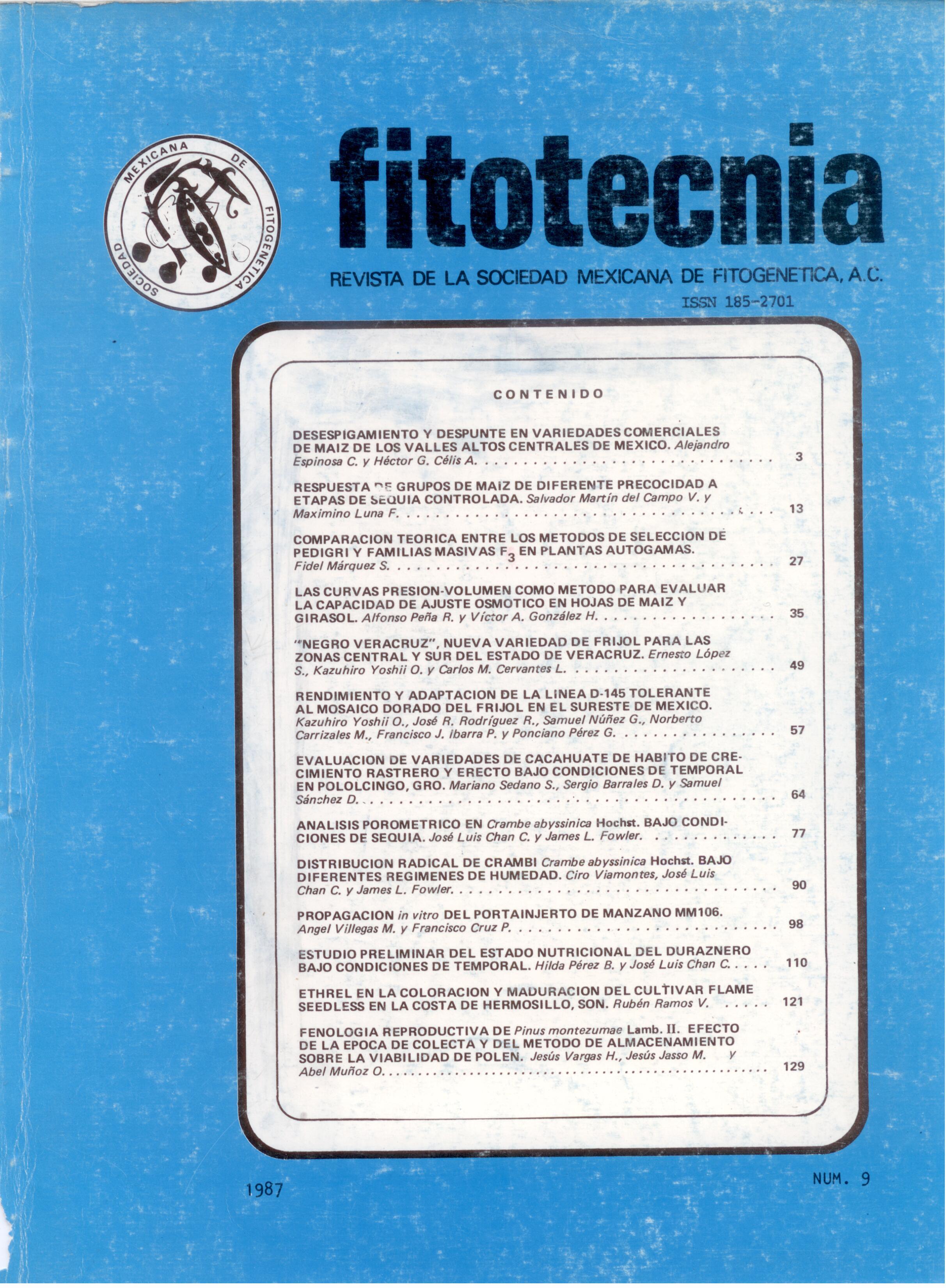RADICAL DISTRIBUTION OF CRAMBI Crambe abysinica Hochst. UNDER DIFFERENT HUMIDITY REGIMES
Main Article Content
Abstract
In studying the adaptation of crambe (Crambe abyssinica, Hochst), to the arid conditions of Southern New Mexico, U.S.A., the influence of the amount of water applied on the root distribution of two crambe cultivars, “Meyer” and "Prophet", was explored under field conditions. In each irrigation treatment, soil examples were collected and the roots extracted by using the flotation method.
Significant differences were observed for root mass due to the irrigation treatments, to the quadratic effect of soil depth (0-60 cm), and to the interaction between these two factors. The root mass, expressed by fresh and dry weight, decreased as the soil depth increased, with about 68% of the total root mass being in the upper layer (0-20 cm). In relation to the irrigation treatments, the total root mass decreased as less water was applied, although the proportion of root mass increased in the lower soil layers.

